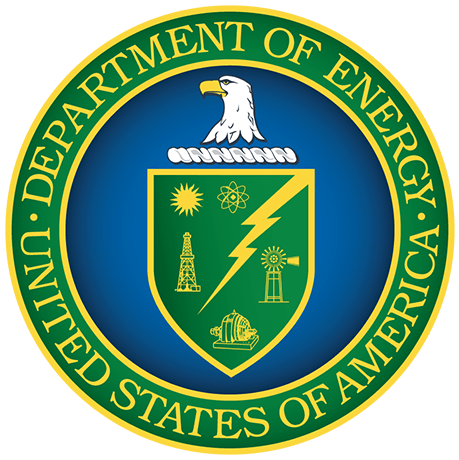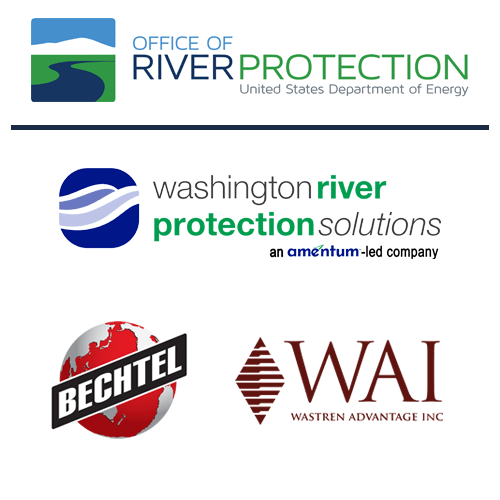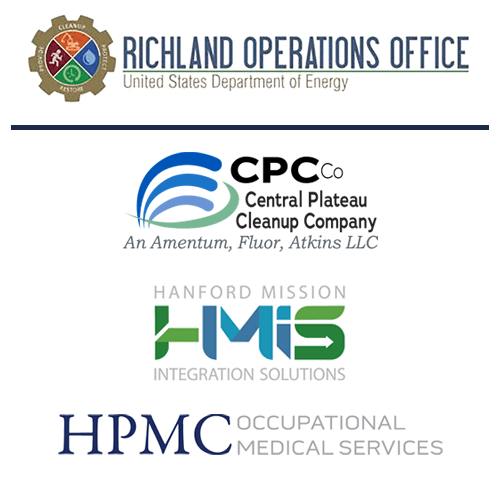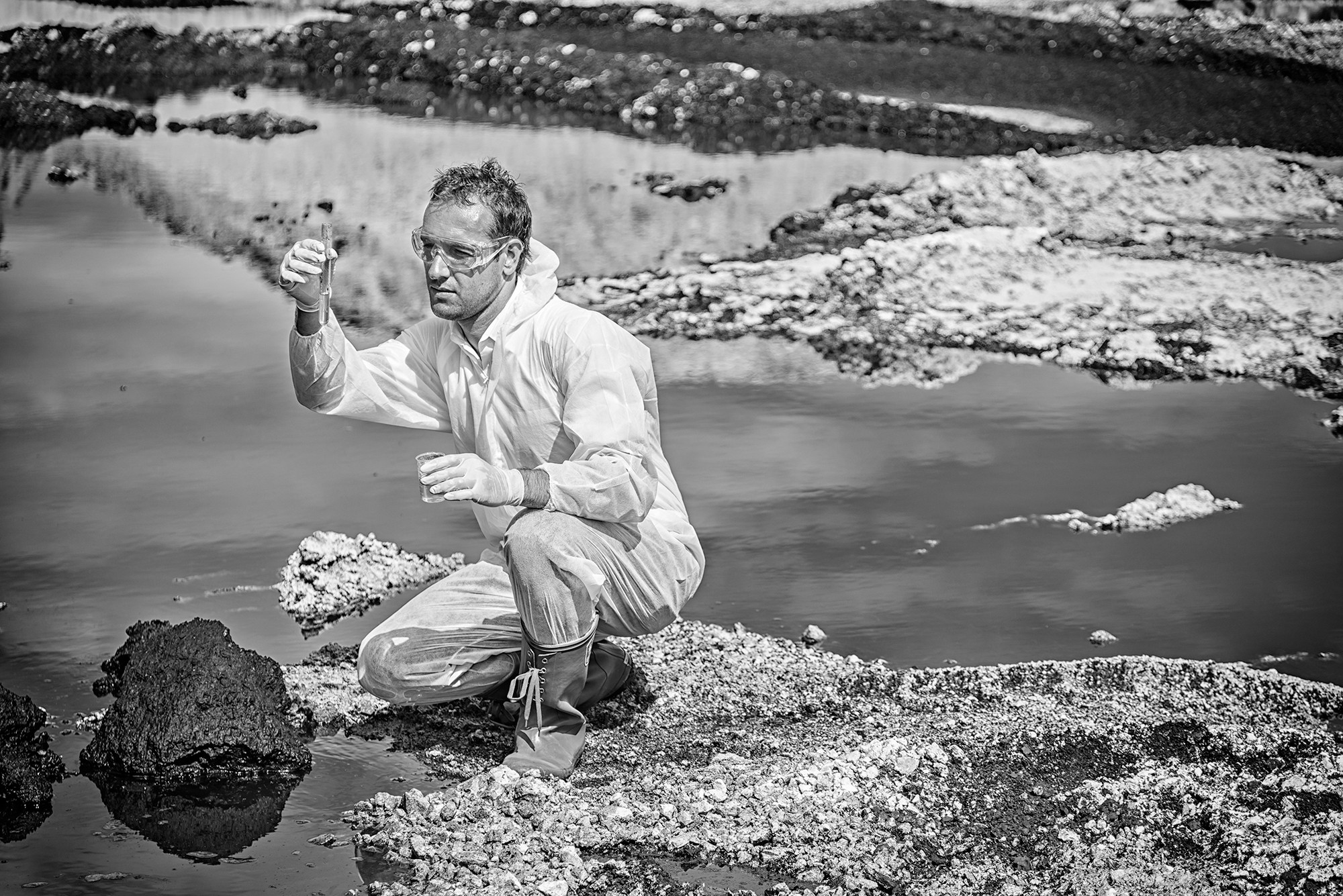“The more you know about the past, the better prepared you are for the future.”
– Theodore Roosevelt
Hanford History
The Hanford Site encompasses 586-square-miles of shrub-steppe desert in southeastern Washington State. Its origin began in 1943, when the site was chosen to produce plutonium for America’s defense program to be used in the bomb that brought an end to World War II. A few years later, production was ramped up in 1947 to meet the challenges of the “Cold War” and continued until 1987 when the last reactor ceased operation.
Then in 1989, the U.S. Department of Energy (DOE), Environmental Protection Agency (EPA), and Washington State Department of Ecology entered into a legally binding accord, the Tri-Party Agreement (TPA), to clean up the Hanford Site.
Waste Cleanup
The U.S. Department of Energy is responsible for one of the largest nuclear cleanup efforts in the world, managing the legacy of five decades of nuclear weapons production. Hanford made more than 20 million pieces of uranium metal fuel for nine nuclear reactors along the Columbia River. Five huge plants in the center of the Hanford Site processed 110,000 tons of fuel from the reactors, discharging an estimated 450 billion gallons of liquids to soil disposal sites and 56 million gallons of radioactive waste to 177 large underground tanks.
After plutonium production ended in the late 1980s, what remained was a massive amount of liquid and solid waste. This waste, in addition to all of the facilities and structures that were associated with Hanford’s defense mission, must be deactivated, decommissioned, decontaminated, and demolished. This environmental cleanup mission ensures long-term protection of human health, safety and environmental resources.
Hanford By The Numbers
~2B gallons
of contaminated groundwater treated annually by active groundwater remediation systems operating along the River Corridor.
20
underground waste tanks have been emptied using multiple retrieval technologies, with more than 3 million gallons of waste retrieved.
19M tons
of soil and debris disposed of in the Environmental Restoration Disposal Facility (ERDF), an engineered and regulated landfill, covering an area of 107 acres or ~52 football fields.
7 of 9
of Hanford’s reactors have been “cocooned” or preserved. Six reactors have been demolished down to the walls around the reactor cores. Radioactivity in the cores will safely decrease over many decades, making it easier and safer to dismantle the reactors in the future. B Reactor has been preserved as a National Historic Landmark and is part of the Manhattan Project National Historical Park.
By 2025
the Hanford Site will begin treating tank waste. By the end of that year, tank waste systems, site wide infrastructure, and facilities at the Waste Treatment and Immobilization Plant will be online to begin treating low-activity tank waste
946
facilities, many contaminated, have been demolished.
2,300
– or about 2,300 tons of the site’s spent fuel, a type of radioactive waste, has been removed from areas along the Columbia River and placed in safe, secure dry storage.
1,039
waste sites, including hundreds along the Columbia River’s south shores, have been remediated – or cleaned of pollution and contaminants – to ensure future protection of human health and the surrounding environment.
12,000
Workforce employment, The Hanford Site employs 12,000 members of the Tri-Cities community.
Community Vision
A safe, efficient and effective cleanup that opens the door to new opportunities for economic growth, recreation, and preservation.
Hanford Organizational Structure





